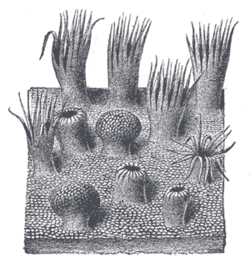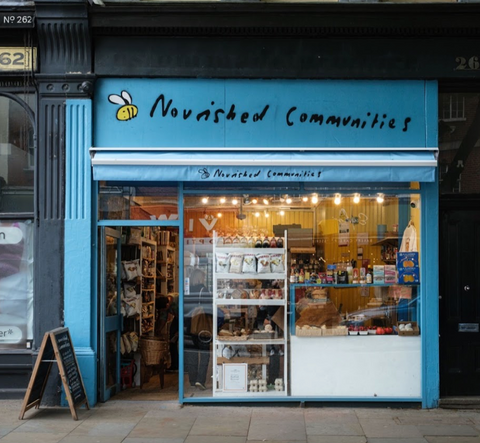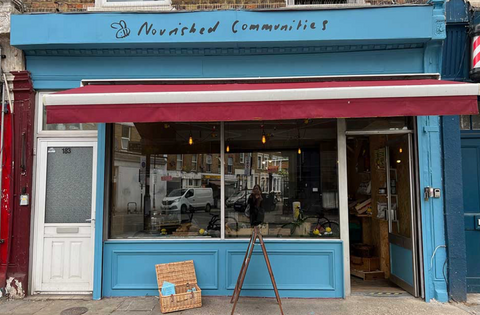The Science of Taste: What Makes Food So Flavourful?
Ever wondered how your tongue, nose, and even genetics shape the way you taste food? From the role of papillae to why coriander tastes soapy to some, taste is a complex and fascinating sense.
The Anatomy of Taste: Papillae and Taste Buds
Take a moment to stick your tongue out in the mirror—you’ll notice small bumps called papillae. These bumps contain keratin (the same protein as in hair and nails) and house your taste buds. Papillae come in four types, each helping you detect sweet, salty, sour, bitter, or umami flavours.
Did you know that taste buds regenerate every two weeks? However, factors like aging and smoking can reduce the number of active taste buds, which might explain changes in how you perceive flavours over time.
Taste Is More Than Just Your Tongue
The taste experience isn’t limited to the mouth. Food releases chemicals that stimulate the olfactory receptors in the nose, working together with taste buds to create a full flavour profile. This dual system is why food tastes less vibrant when you have a cold.
While the classic five flavours—sweet, salty, sour, bitter, and umami—are well-known, researchers have proposed additional flavours such as fat (lipid) and starch.
Genetics and Taste Preferences
Why do some people find coriander delightfully citrusy while others think it tastes soapy? Genetics plays a significant role. Studies on twins and later genetic research have identified variants that predict a person’s reaction to coriander and potentially other foods.
How Cutting and Cooking Impact Taste
The way you cut and prepare your food also affects its taste. Mincing garlic releases more enzymes than slicing, which enhances its interaction with other ingredients like butter. Similarly, cutting vegetables into smaller pieces increases their surface area, leading to different textures and flavours when cooked.
Cooking methods and cuts can also release aroma compounds that amplify flavour. For example, a perfectly seared steak has a rich umami profile thanks to the Maillard reaction—a chemical process that occurs when food is browned.
A Simple Dinner with Complex Flavours
With all this in mind, even a humble plate of beans on toast offers a symphony of flavours: umami and sweetness from the beans, saltiness from the butter, and starchiness from the toast. Taste may be complex, but enjoying it can remain delightfully simple.
Explore More Flavourful Insights
Understanding the science of taste can help you better appreciate your favourite foods or inspire you to experiment with new recipes and techniques. Follow us at Nourished Communities for more fascinating food science and delicious ideas.







Comments (0)
There are no comments for this article. Be the first one to leave a message!